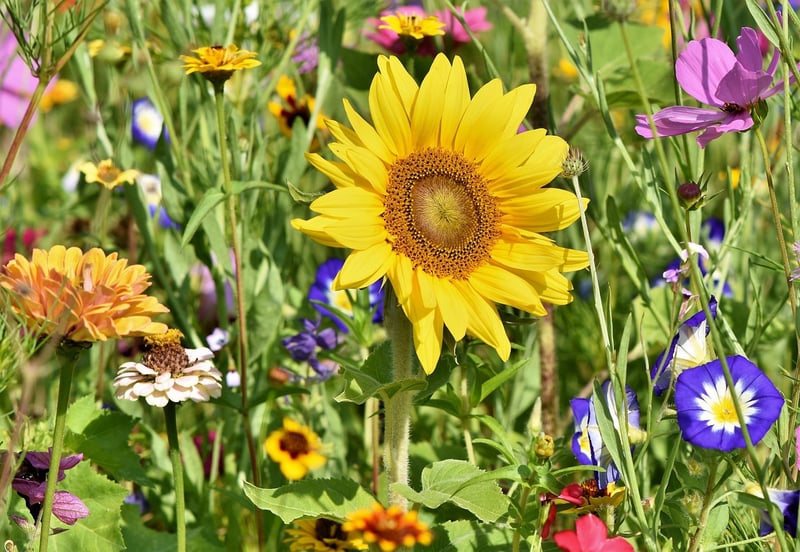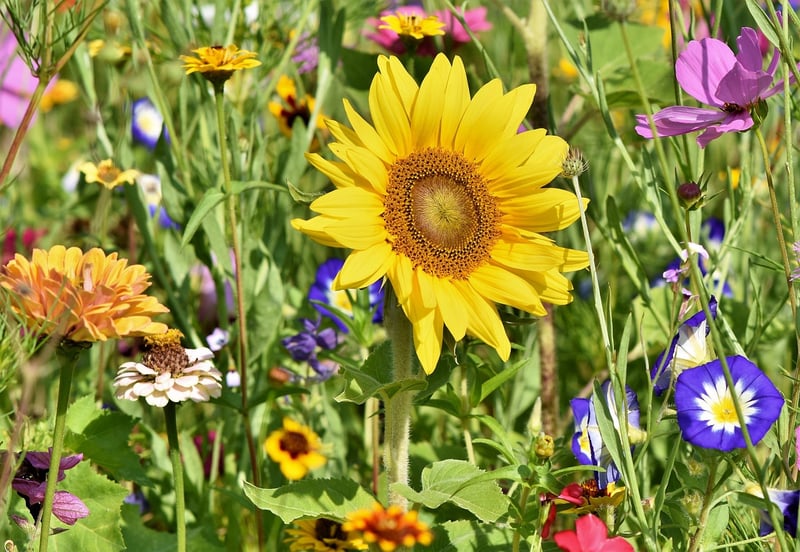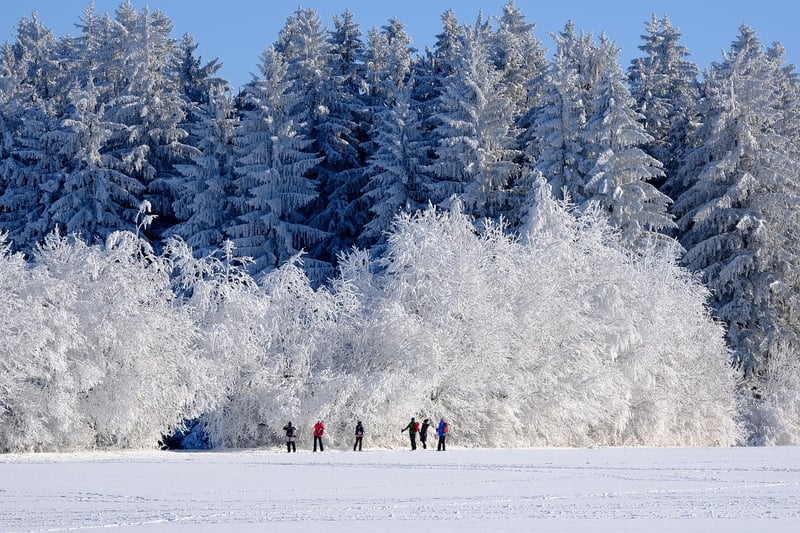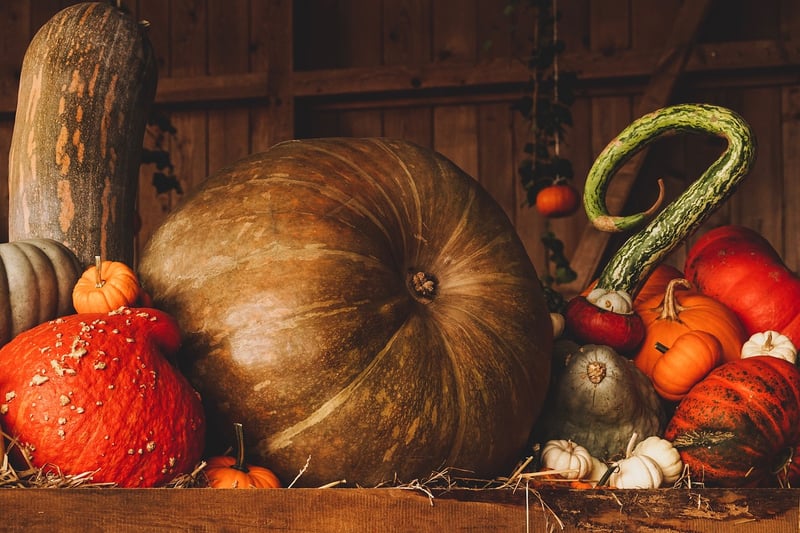Fall Harvesting
Adapting Your Garden to the Seasons + Fall Harvesting
Introduction
Having a garden that changes with the seasons can be a rewarding experience. Each season brings its own set of tasks, challenges, and rewards. In this article, we will explore how you can adapt your garden to the changing seasons and make the most of your fall harvest.
Spring
Spring is a time of new beginnings in the garden. It's the perfect time to plant cool-season crops like lettuce, spinach, and peas. Make sure to clean up any debris leftover from winter, turn the soil, and add compost to prepare your garden beds for planting.

Summer
Summer is the peak growing season for most plants. Watering is crucial during this time, so make sure to water deeply and early in the morning to prevent evaporation. Mulching can help retain moisture and suppress weeds. Harvest your summer vegetables regularly to encourage more growth.

Fall
Fall is a beautiful time in the garden when you can harvest the fruits of your labor. Plant cool-season crops like carrots, beets, and radishes in late summer for a fall harvest. Keep an eye on the weather and protect your plants from early frosts with row covers or cold frames.

Winter
Winter is a time of rest for both gardeners and plants. Clean up your garden beds, add compost, and cover with mulch to protect the soil during the cold months. Consider planting cover crops like clover or rye to improve soil health and prevent erosion.

Conclusion
By adapting your garden to the changing seasons, you can enjoy a bountiful harvest year-round. Whether you're planting in the spring, harvesting in the fall, or preparing for winter, each season offers unique opportunities to connect with nature and nurture your garden.
Remember to observe your garden regularly, make adjustments as needed, and most importantly, have fun gardening!
